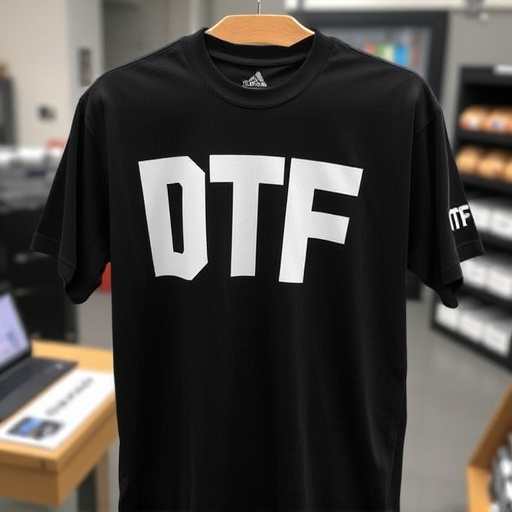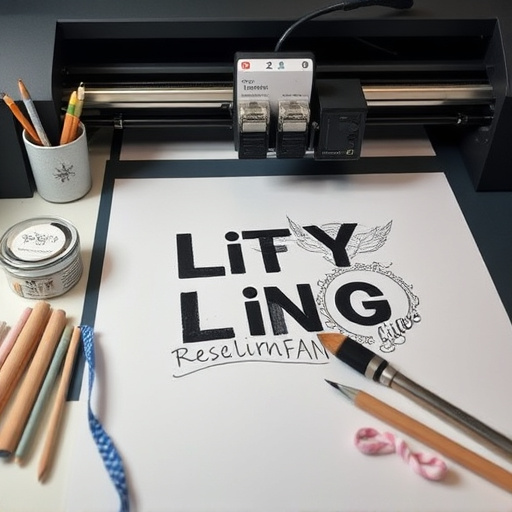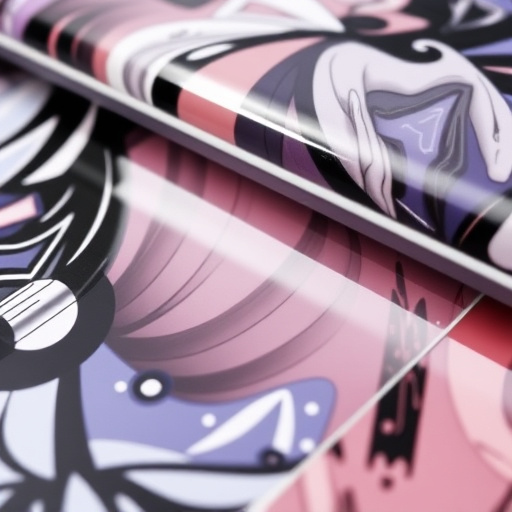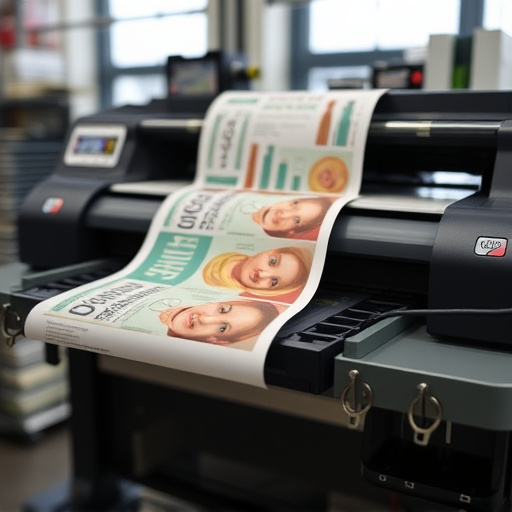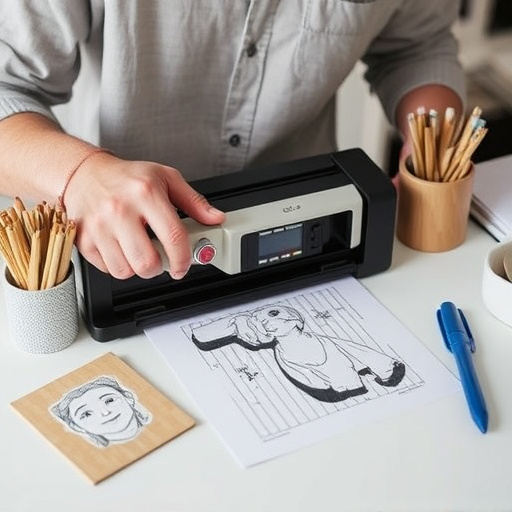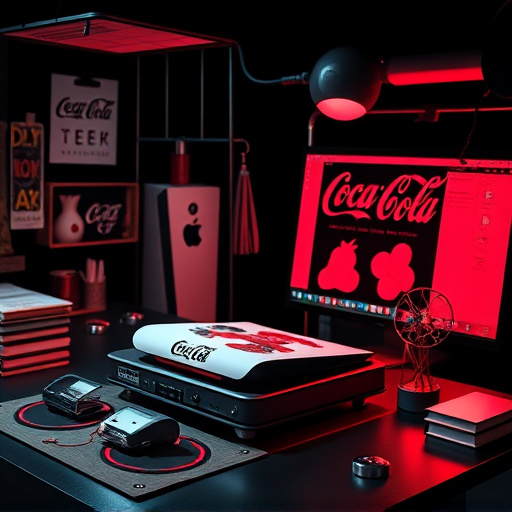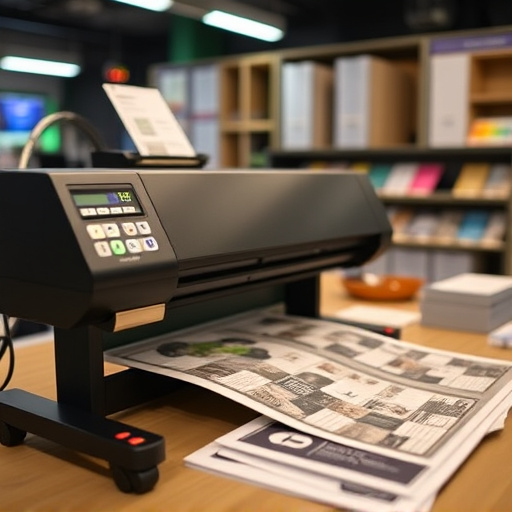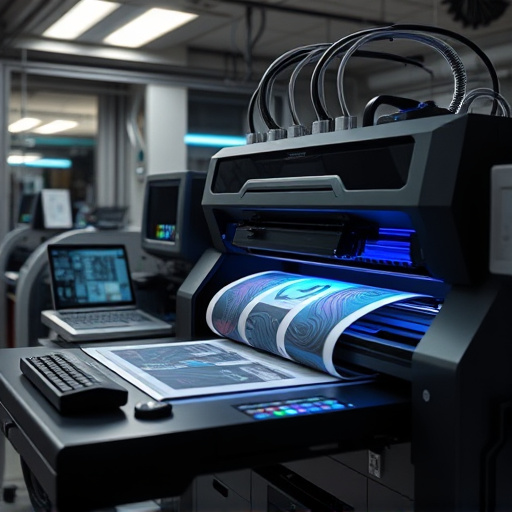Direct to Film (DTF) printing technology is a cost-effective game-changer in various industries by 2025, offering efficient production, reduced waste, and quick turnaround times for custom prints, labels, and apparel. Its accessibility and economic advantages enable smaller businesses and creators to compete with larger studios, maximizing ROI and staying ahead of trends through innovative printing strategies.
In an ever-evolving business landscape, understanding the enduring significance of ‘DTF Cost Effective’ is key to strategic success in 2025. This article delves into the profound economic impact of cost-effectiveness in today’s market, exploring its pivotal role in shaping business decisions. We examine how strategic cost management adapts to future trends, ensuring longevity and competitiveness. By 2025, understanding this dynamic will be a game-changer for businesses aiming to thrive amidst shifting dynamics.
- Understanding DTF's Economic Impact Today
- How Cost-Effectiveness Drives Business Decisions
- Future-Proofing Your Strategy: DTF and 2025 Trends
Understanding DTF's Economic Impact Today
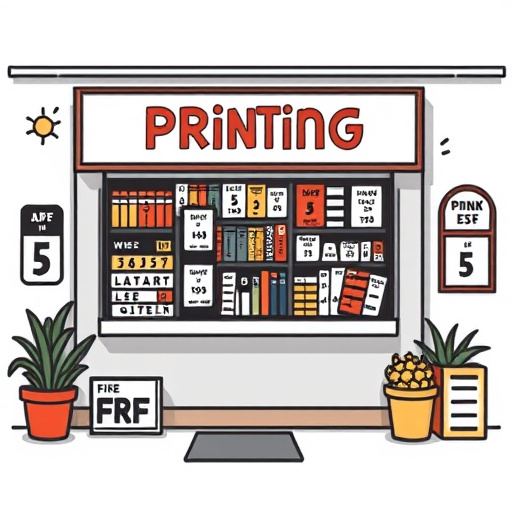
In today’s digital age, Direct to Film (DTF) printing technology has emerged as a game-changer in various industries, offering an efficient and cost-effective solution for high-quality imaging. The economic impact of DTF is more profound than ever, especially with advancements in dtf transfer film and direct to film printer capabilities. This innovative process allows businesses to produce custom prints, labels, and packaging at a fraction of the traditional costs associated with printing methods.
The popularity of DTF as a cost-effective option lies in its versatility and efficiency. With the best dtf printer readily available, companies can quickly turn digital designs into tangible products. This technology streamlines production, reduces waste, and minimizes the need for elaborate set-up processes, making it an attractive choice for businesses aiming to optimize their printing strategies. As a result, DTF’s economic advantages are expected to remain prominent in 2025 and beyond, revolutionizing the way industries approach custom printing.
How Cost-Effectiveness Drives Business Decisions
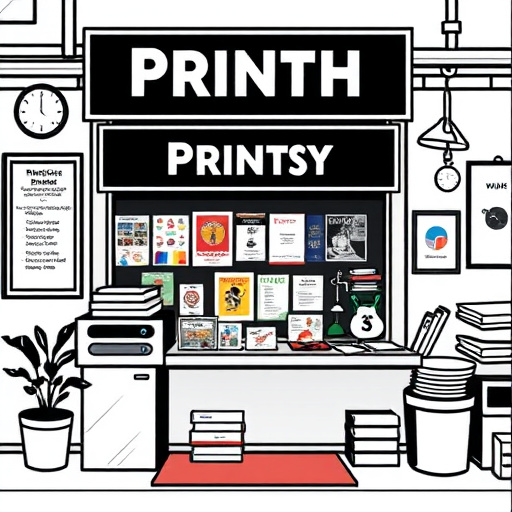
In today’s competitive business landscape, cost-effectiveness remains a driving force behind many strategic decisions. For companies seeking to stay relevant and profitable in 2025, understanding the value of DTF Cost Effective is paramount. “DTF” or “Direct to Film” transfer techniques have evolved significantly, offering efficient and high-quality methods for content reproduction at a reduced cost. This technology has democratized access to film production, enabling smaller businesses and independent creators to compete with larger studios without breaking the bank.
The concept of DTF Cost Effective is not merely about cutting expenses; it’s about maximizing return on investment. Businesses carefully assess the financial impact of each decision, especially when adopting new technologies. DTF transfer film techniques, for instance, can substantially lower production costs while maintaining visual quality, making them an attractive option for cost-conscious producers. This focus on cost-effectiveness permeates various industries, from entertainment to marketing, where strategic choices are heavily influenced by the potential for financial savings and long-term sustainability.
Future-Proofing Your Strategy: DTF and 2025 Trends
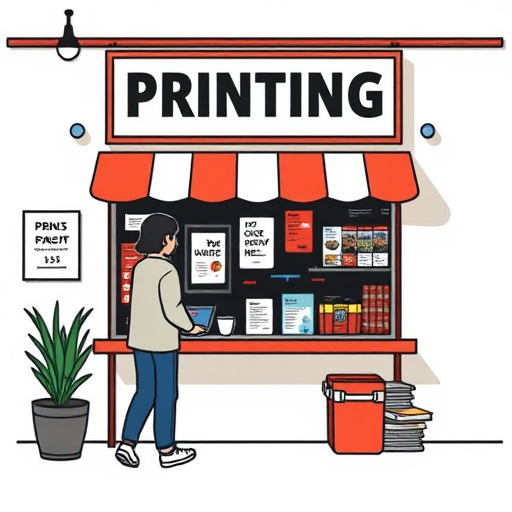
As we approach 2025, staying ahead of the curve is more crucial than ever for businesses, especially in the apparel industry where trends evolve rapidly. Future-proofing your strategy means embracing innovative production methods that offer both quality and cost-effectiveness. Direct to fabric (DTF) printing has emerged as a game-changer, revolutionizing the way we create custom apparel. This technology allows for on-demand printing directly onto fabrics, eliminating the need for expensive set-up costs associated with traditional screen printing.
By adopting DTF for your 2025 trends, you’re not only future-proofing your production process but also catering to the demand for unique, personalized hoodies and other garments. Direct to film printers have become more accessible and efficient, making DTF printing for apparel an attractive option. This method ensures fast turnaround times, allowing businesses to keep up with seasonal changes and quickly adapt to market trends. With its cost-effectiveness and versatility, DTF is poised to remain a prominent strategy in the industry, helping brands stay competitive and offer customers cutting-edge designs on budget.
In a rapidly evolving business landscape, understanding the ongoing relevance of DTF cost-effectiveness is paramount. As we approach 2025, embracing strategic innovations that align with DTF’s economic benefits will be crucial for long-term success. By leveraging cost-saving measures and efficient processes, businesses can enhance their competitiveness and adaptability in a dynamic market. This conclusion underscores the persistent significance of DTF cost-effectiveness as a driving force behind sustainable growth and strategic decision-making.
